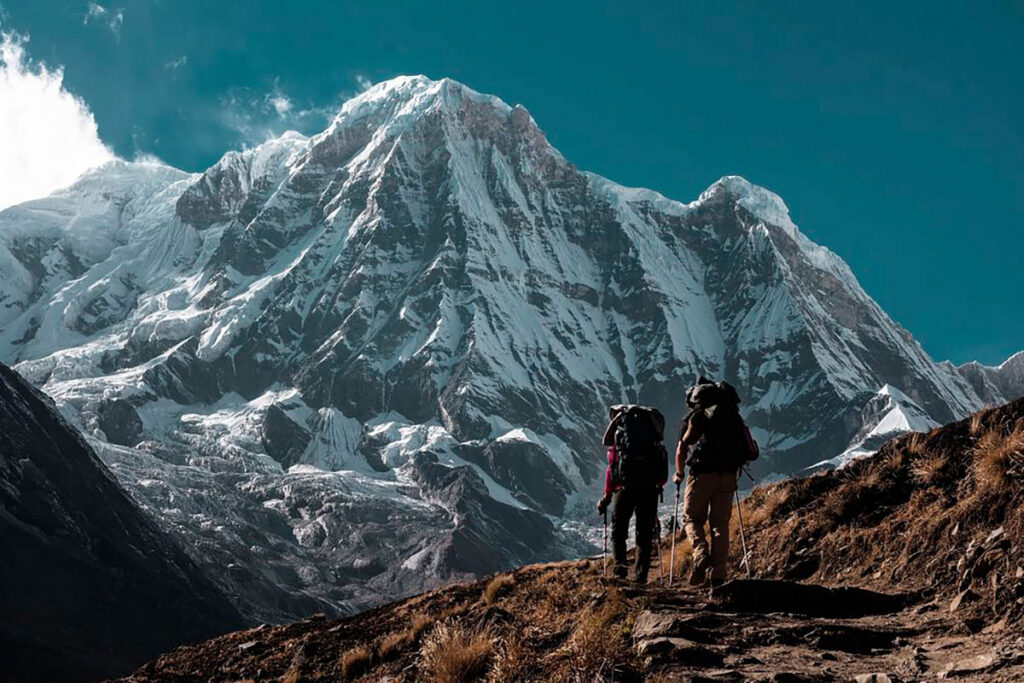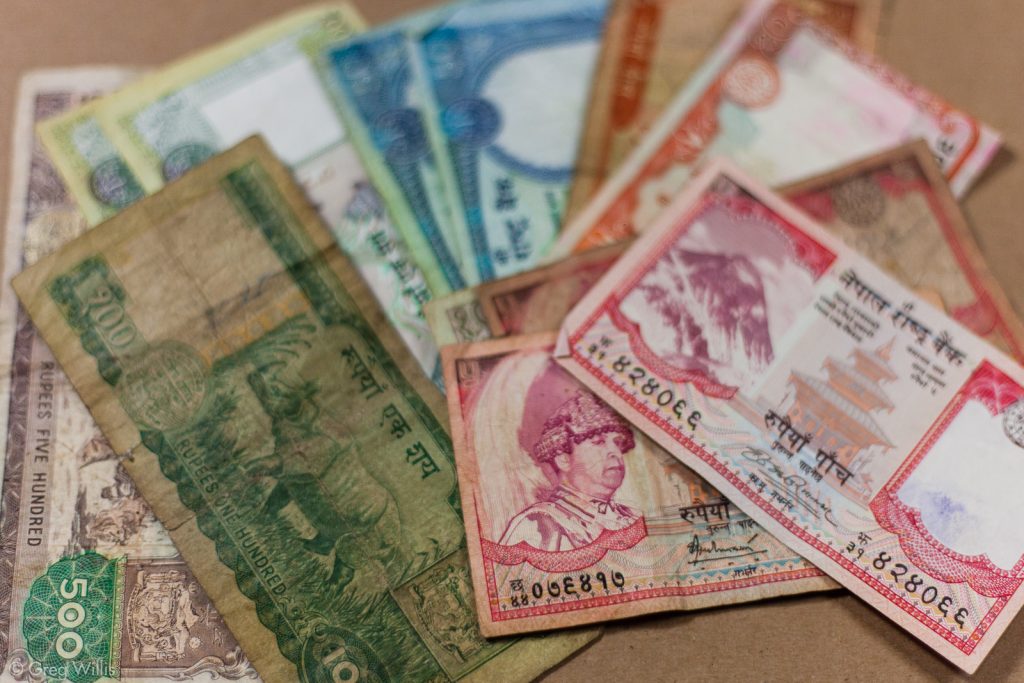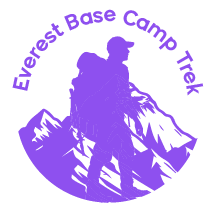Is Trekking in Nepal Expensive?
Trekking in Nepal is often touted as one of the most breathtaking experiences in the world. With its stunning landscapes, rich cultural heritage, and the majestic Himalayas, many travelers dream of embarking on a trek through this picturesque country. However, one of the most common questions potential trekkers ask is: Is trekking in Nepal expensive? The answer is multifaceted and depends on various factors, including trekking style, season, and individual preferences. In this article, we’ll provide a comprehensive breakdown of the costs involved in trekking in Nepal, helping you make informed decisions for your adventure.

Cost Breakdown
Permits
Trekking in Nepal typically requires several permits, which are essential for maintaining the integrity of the environment and local communities. The costs for these permits can vary significantly based on the trekking region:
- TIMS Card: The Trekkers’ Information Management System (TIMS) card is required for most trekking routes in Nepal. It costs approximately $10 for independent trekkers and $20 for those traveling with an organized group. This permit helps track trekkers and ensures safety in the trekking areas.
- Annapurna Conservation Area Permit (ACAP): If you’re trekking in the Annapurna region, an ACAP is required. This permit costs about $30 for foreign trekkers and is valid for up to 30 days. This fee supports conservation efforts in the area.
- Langtang National Park Permit: For those venturing into the Langtang region, the permit costs around $30, also valid for 30 days. This fee goes towards protecting the park’s rich biodiversity and landscapes.
Overall, the costs for permits can range from $10 to $50, depending on your trekking route. It’s essential to factor these expenses into your budget.
Guide and Porter Fees
Hiring a guide and/or porter can greatly enhance your trekking experience. The average daily rates for these services are as follows:
- Guides: Typically, the cost for a guide ranges from $25 to $50 per day. A knowledgeable guide can provide insights into local culture, help navigate the trails, and ensure safety throughout your trek. Having a guide can also make your trek more enjoyable by sharing stories and history about the places you visit.
- Porters: If you choose to hire a porter, expect to pay between $15 and $30 per day. Porters carry your heavier gear, allowing you to trek with a lighter backpack and enjoy the scenery without added strain. This support can make a significant difference, especially on longer treks.
While hiring a guide and porter does add to the overall cost, their services often provide immense value, ensuring a smoother and safer trekking experience.
Accommodation
Accommodation options vary widely in Nepal, catering to different budgets and preferences:
- Teahouses: The most common form of accommodation for trekkers, teahouses provide basic lodging and meals. Prices typically range from $5 to $15 per night. While the facilities may be simple, they offer a unique opportunity to interact with locals and fellow trekkers. Many teahouses serve homemade meals and can provide insight into local customs.
- Upscale Lodges: For those seeking more comfort, upscale lodges and hotels are available in popular trekking areas. Prices can reach up to $100 per night, providing amenities like private bathrooms, hot showers, and gourmet meals. Staying in a lodge can enhance your experience with more comfort and better services.
When budgeting for accommodation, consider the type of experience you wish to have and the level of comfort you desire.
Food
Food costs can also vary based on your choices and location:
- Teahouses: Meals in teahouses are relatively affordable, with basic options costing between $5 and $10. Popular dishes include dal bhat (lentil soup with rice), momos (dumplings), and various noodle dishes. Eating local meals not only saves money but also enhances your trekking experience by allowing you to enjoy traditional cuisine.
- Restaurants in Larger Towns: In larger towns or more touristy areas, dining at restaurants may be pricier, with higher-end meals costing upwards of $15. While it’s nice to treat yourself occasionally, sticking to teahouse meals can help manage your budget.
To keep food expenses manageable, opt for local cuisine at teahouses, which is not only economical but also part of the authentic trekking experience.
Transportation
Getting to trekking starting points is another factor to consider:
- Bus Travel: Public buses from Kathmandu to popular trekking trailheads typically cost between $10 and $30, depending on the distance and bus quality. Tourist buses offer a more comfortable ride but may be slightly pricier. Taking a bus can be a great way to meet fellow travelers.
- Private Vehicles: If you prefer more comfort or flexibility, hiring a private vehicle can range from $50 to $150, depending on the destination and number of passengers. This option is ideal for groups or families traveling together.
For remote areas, consider flight options that can significantly reduce travel time but are often more expensive. Flights can be a great choice for accessing hard-to-reach regions quickly.
Comparison of Trekking Styles
Trekking experiences in Nepal can vary significantly based on the style you choose. Here’s a breakdown of the three primary trekking styles:
Budget Trekking
Budget trekking is ideal for adventurous travelers seeking an authentic experience:
- Accommodation: You’ll likely stay in basic teahouses with shared facilities. Prices are economical, making this option accessible for many trekkers.
- Food: Expect to eat local meals, which are typically cheaper and provide a taste of Nepalese culture.
- Guidance: This style often involves self-navigation, which can be rewarding but requires a good understanding of the trails and local conditions. Ensure you have a good map and are prepared for any challenges.
While budget trekking can save you money, it may involve more challenges and less comfort.
Mid-range Trekking
Mid-range trekking strikes a balance between cost and comfort:
- Guides: Hiring a guide is common, ensuring you have support and local knowledge throughout your trek. Guides can help with everything from finding the best trails to navigating any unexpected challenges.
- Accommodation: You may choose nicer teahouses or lodges, providing better amenities and comfort. Some lodges may offer additional services such as hot showers or internet access.
- Food: Mid-range trekkers often enjoy a mix of local and international cuisine, catering to varied palates. This allows you to experience local flavors while also having the option for more familiar meals.
This style appeals to many trekkers seeking a comfortable yet authentic experience without breaking the bank.
Luxury Trekking
For those who prioritize comfort and unique experiences, luxury trekking is an option:
- High-End Lodges: Luxury trekking includes stays in upscale lodges with modern amenities, often situated in stunning locations. Some lodges even offer spa services or guided excursions.
- Gourmet Meals: Enjoy gourmet dining experiences, with meals prepared by skilled chefs. This can enhance your overall experience, allowing you to relax and enjoy the scenery.
- Personal Guides: Personal guides provide tailored experiences, ensuring a high level of service and attention. This can be especially beneficial for trekkers looking for specific insights or unique experiences along the trail.
While luxury trekking comes with a higher price tag, it offers unparalleled comfort and a unique perspective on Nepal’s beauty.
Impact of Seasonality
The time of year you choose to trek can greatly affect costs and experiences:
Peak Seasons
Spring (March to May) and autumn (September to November) are the most popular trekking seasons:
- High Demand: During these months, prices for permits, guides, and accommodations may increase due to high demand. It’s advisable to book your trip in advance to secure better rates.
- Weather Conditions: These seasons generally offer the best weather for trekking, with clear skies and moderate temperatures. The scenery during these months is often at its most spectacular.
Booking in advance is crucial during peak seasons to secure the best rates and availability. Be prepared for more crowded trails during these times.
Off-Peak Seasons
Trekking during the off-peak seasons (winter and monsoon) can present both advantages and challenges:
- Lower Prices: Expect significantly reduced costs for permits, accommodations, and services. This can make trekking much more affordable.
- Weather Challenges: Winter brings colder temperatures and potential snow, while monsoon season (June to August) can lead to heavy rain and difficult trail conditions. Ensure you are well-prepared for the weather and trail conditions.
Off-peak trekking can be rewarding for those prepared for the challenges, offering solitude and a unique experience. You’ll likely encounter fewer fellow trekkers and have a more personal experience with the landscape.
Booking Strategies
To optimize costs:
- Book in Advance: Secure your permits and services during peak seasons to avoid price hikes and ensure availability. This is especially important for popular treks.
- Last-Minute Deals: For off-peak trekking, consider booking last-minute, as many agencies may offer discounts to fill remaining slots. This can be a great way to save money while still enjoying a fantastic trek.
Local vs. International Services
Choosing the right trekking agency can impact your experience and budget:
Local Trekking Agencies
Opting for local agencies often provides several advantages:
- Personalized Service: Local agencies typically offer more personalized attention and flexibility. You may receive tailored itineraries that suit your specific needs and preferences.
- Cost-Effectiveness: They often provide competitive pricing, allowing for budget-friendly trekking options. This can significantly reduce your overall costs.
- Local Knowledge: Local guides bring invaluable insights into the culture, history, and natural surroundings. Their expertise can enhance your trekking experience by sharing unique stories and traditions.
When choosing a local agency, look for reputable options with positive reviews from previous trekkers.
International Agencies
International trekking agencies may offer a different experience:
- Comprehensive Packages: These agencies often provide all-inclusive packages that cover accommodation, meals, and guides. This can simplify planning but may come at a higher price.
- Higher Prices: While they may offer a higher level of service, prices can be significantly more than local agencies. Ensure you understand what’s included in your package.
- Cultural Immersion: You may miss out on some of the more authentic experiences that come from engaging with local culture. Consider how important cultural immersion is to your trekking experience.
Consider your preferences and budget when deciding between local and international agencies, ensuring you find the right fit for your trekking experience.
Recommendations
When choosing a trekking agency, consider the following tips:
- Read Reviews: Online platforms like TripAdvisor or trekking forums can provide insights into the experiences of other trekkers. Look for agencies with consistently positive feedback.
- Compare Services: Request quotes from multiple agencies to compare prices and services offered. This will help you find the best value for your budget.
- Ask Questions: Don’t hesitate to inquire about the agency’s experience, guide qualifications, and itinerary specifics. A good agency will be transparent and willing to provide information.
Hidden Costs
Trekking in Nepal involves more than just permits and accommodation. Be prepared for these hidden costs:
Equipment Rentals
If you don’t have your own trekking gear, you may need to rent:
- Typical Costs: Renting sleeping bags, trekking poles, and jackets can cost between $5 and $15 per item per day. Ensure you rent from reputable shops that provide well-maintained gear.
- Quality Matters: Investing in quality gear can make a significant difference in your comfort and safety during your trek.
Travel Insurance
Travel insurance is essential, especially for trekking activities:
- Coverage: Look for policies that cover trekking at high altitudes, potential medical emergencies, and evacuation services. Make sure to read the fine print to understand what is and isn’t covered.
- Cost Range: Insurance costs can range from $50 to $200, depending on coverage levels. This investment provides peace of mind, allowing you to focus on enjoying your trek.
Having the right insurance can provide peace of mind, allowing you to focus on enjoying your trek.
Emergency Expenses
Unexpected costs can arise during your trek:
- Medical Emergencies: Be prepared for potential medical emergencies that may require evacuation, which can be costly. Having insurance can help mitigate these expenses.
- Flight Cancellations: Consider potential costs related to flight delays or cancellations, particularly during monsoon season. It’s wise to allow for flexible travel plans.
Budgeting for Contingencies
To ensure you’re prepared for unexpected expenses, it’s wise to budget an additional 10-15% of your total estimated costs for contingencies. This cushion can help you manage any surprises without stress.
Value for Money
Despite the costs, trekking in Nepal offers immense value:

Unique Experiences
Trekking in Nepal provides:
- Cultural Interactions: Engage with local communities, learn about their customs, and experience their hospitality. These interactions often leave lasting impressions and memories.
- Stunning Landscapes: The breathtaking views of the Himalayas, lush valleys, and diverse ecosystems create lasting memories. Every twist and turn along the trail offers a new perspective.
Comparison with Other Destinations
When comparing costs, consider the value:
- Affordability: Trekking in Nepal is often more affordable than destinations like Patagonia or the Swiss Alps. You can experience stunning landscapes and rich culture without breaking the bank.
- Unique Offerings: The cultural richness and stunning scenery in Nepal provide experiences that justify the costs. The opportunity to witness life in the mountains adds depth to your adventure.
Sustainable Tourism
Investing in trekking in Nepal contributes to sustainable tourism:
- Supporting Local Economies: Your spending on guides, accommodations, and local businesses supports the livelihoods of many families. This economic impact is vital for rural communities.
- Environmental Conservation: Funds from permits and trekking fees often go towards conservation efforts, helping to protect the natural beauty of the region. Responsible trekking practices contribute to preserving these breathtaking landscapes.
By trekking in Nepal, you not only experience its beauty but also contribute to its preservation.
Tips for Budgeting
To make the most of your trekking experience without overspending:
Plan and Research
- Know Your Route: Research various trekking routes and their associated costs. Understanding the differences can help you choose a trek that fits your budget.
- Set a Budget: Determine your total budget, including permits, guides, accommodation, food, and emergency funds. Having a clear budget can help you prioritize your spending.
Eat Local
- Affordable Dining: Opt for local meals in teahouses rather than international cuisine in larger towns. Not only is this more economical, but it also enhances your cultural experience. Trying local dishes adds to the authenticity of your adventure.
Negotiate Prices
- Cultural Aspect: In local markets and with service providers, don’t hesitate to negotiate prices. This is common practice in Nepal and can lead to savings. Many locals expect some haggling, so it can be a fun part of the experience.
Travel Off-Season
- Enjoy Solitude: Consider trekking during off-peak seasons to enjoy fewer crowds and lower prices, while still experiencing the beauty of Nepal. You may find trails to be less congested and have a more personal connection with the landscape.
Trekking in Nepal can be as affordable or as expensive as you make it. By understanding the costs associated with permits, guides, accommodation, food, and transportation, you can tailor your experience to fit your budget. Whether you choose a budget trek or a luxury experience, the value gained from exploring the majestic landscapes and rich cultures of Nepal is unparalleled. With careful planning and informed choices, you can embark on an unforgettable adventure in one of the world’s most stunning trekking destinations.
Ready to Begin Your Adventure?
Explore the breathtaking trails of Nepal with EBC Trek Dot Net! Whether you’re looking for a budget-friendly trek or a luxurious experience, we have the perfect package for you. Don’t wait—book your unforgettable journey today!
